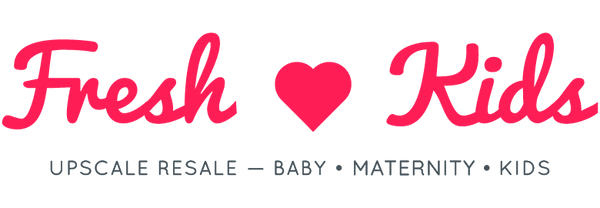The Evolution of Baby Clothing Throughout History
Welcome to Fresh Kids, where we not only celebrate the latest trends in baby clothing but also dive deep into the fascinating journey that children's fashion has taken throughout history. From ancient times to modern-day, the evolution of baby clothing has been a reflection of societal norms, technological advancements, and cultural influences.
Early Beginnings: Ancient Civilizations
In ancient civilizations, such as Egypt and Rome, babies were typically swaddled in simple cloth garments to keep them warm and protected. These early forms of baby clothing were more functional than fashionable, focusing primarily on practicality over style.
The Middle Ages: A Shift in Style
During the Middle Ages, baby clothing began to evolve with the introduction of more intricate designs and fabrics. Wealthier families dressed their children in ornate garments to showcase their social status, while simpler attire was reserved for the common folk.
The Victorian Era: The Rise of Children's Fashion
The Victorian era marked a significant shift in children's fashion, with clothing becoming more elaborate and gender-specific. Pastel colors, delicate lace, and intricate embroidery became popular choices for dressing little ones, emphasizing the concepts of innocence and purity.
The 20th Century: A New Era of Baby Clothing
With the industrial revolution and the advent of mass production, baby clothing became more accessible to the general population. The 20th century saw the rise of department stores and catalogs offering a wide range of children's apparel, catering to various tastes and budgets.
Modern Times: The Age of Baby Fashion
Today, baby clothing has evolved into a multi-billion dollar industry, encompassing everything from designer brands to eco-friendly options. Parents now have a plethora of choices when it comes to dressing their little ones, from trendy outfits to practical everyday wear.
The Influence of Technology
Advancements in technology have also played a significant role in shaping the evolution of baby clothing. From moisture-wicking fabrics to smart textiles that monitor a baby's vital signs, technology has transformed the way we design and create children's apparel.
Sustainability and Consignment
As awareness of environmental issues grows, many parents are turning to sustainable and eco-friendly baby clothing options. Consignment and resale shops have also gained popularity, offering a more affordable and sustainable way to dress our little ones.
Key Trends in Children's Clothing
From organic cotton onesies to gender-neutral designs, the trends in baby clothing are constantly evolving. Parents are now more conscious of the materials used in their children's apparel and are opting for brands that prioritize sustainability and ethical production.
Personal Expression Through Fashion
Children's clothing is not just about keeping our little ones warm and comfortable; it is also a form of self-expression. Many parents use their children's outfits as a way to reflect their own personal style and creativity.
The Future of Baby Clothing
As we look towards the future, it is clear that baby clothing will continue to evolve in response to changing trends and societal values. With a growing emphasis on sustainability, inclusivity, and comfort, we can expect to see even more innovative and eco-friendly designs in children's fashion.
Join the Evolution at Fresh Kids
At FreshKids, we celebrate the rich history and exciting future of baby clothing. From classic styles to the latest trends, we offer a curated selection of children's apparel that combines quality, comfort, and style. Join us in embracing the evolution of baby fashion as we continue to explore new possibilities in children's clothing.
Experience the journey of baby clothing through the ages at FreshKids, where every outfit tells a story of style, innovation, and love.
